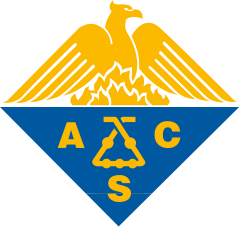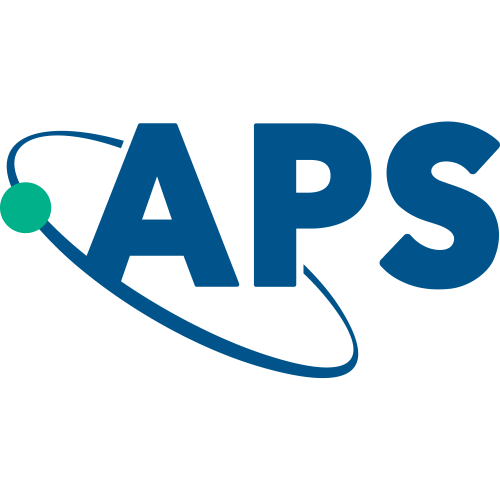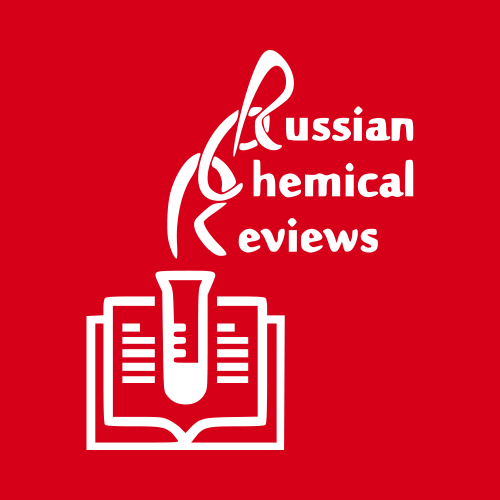Theories for Electrolyte Effects in CO2 Electroreduction
Publication type: Journal Article
Publication date: 2022-02-02
scimago Q1
wos Q1
SJR: 5.433
CiteScore: 30.7
Impact factor: 17.7
ISSN: 00014842, 15204898
PubMed ID:
35107967
General Chemistry
General Medicine
Abstract
Electrochemical CO2 reduction (eCO2R) enables the conversion of waste CO2 to high-value fuels and commodity chemicals powered by renewable electricity, thereby offering a viable strategy for reaching the goal of net-zero carbon emissions. Research in the past few decades has focused both on the optimization of the catalyst (electrode) and the electrolyte environment. Surface-area normalized current densities show that the latter can affect the CO2 reduction activity by up to a few orders of magnitude.In this Account, we review theories of the mechanisms behind the effects of the electrolyte (cations, anions, and the electrolyte pH) on eCO2R. As summarized in the conspectus graphic, the electrolyte influences eCO2R activity via a field (ε) effect on dipolar (μ) reaction intermediates, changing the proton donor for the multi-step proton-electron transfer reaction, specifically adsorbed anions on the catalyst surface to block active sites, and tuning the local environment by homogeneous reactions. To be specific, alkali metal cations (M+) can stabilize reaction intermediates via electrostatic interactions with dipolar intermediates or buffer the interfacial pH via hydrolysis reactions, thereby promoting the eCO2R activity with the following trend in hydrated size (corresponding to the local field strength ε)/hydrolysis ability: Cs+ > K+ > Na+ > Li+. The effect of the electrolyte pH can give a change in eCO2R activity of up to several orders of magnitude, arising from linearly shifting the absolute interfacial field via the relationship USHE = URHE - (2.3kBT)pH, homogeneous reactions between OH- and desorbed intermediates, or changing the proton donor from hydronium to water along with increasing pH. Anions have been suggested to affect the eCO2R reaction process by solution-phase reactions (e.g., buffer reactions to tune local pH), acting as proton donors or as a surface poison.So far, the existing models of electrolyte effects have been used to rationalize various experimentally observed trends, having yet to demonstrate general predictive capabilities. The major challenges in our understanding of the electrolyte effect in eCO2R are (i) the long time scale associated with a dynamic ab initio picture of the catalyst|electrolyte interface and (ii) the overall activity determined by the length-scale interplay of intrinsic microkinetics, homogeneous reactions, and mass transport limitations. New developments in ab initio dynamic models and coupling the effects of mass transport can provide a more accurate view of the structure and intrinsic functions of the electrode-electrolyte interface and the corresponding reaction energetics toward comprehensive and predictive models for electrolyte design.
Found
Nothing found, try to update filter.
Found
Nothing found, try to update filter.
Top-30
Journals
|
1
2
3
4
5
6
7
|
|
|
ACS Catalysis
7 publications, 5.88%
|
|
|
Journal of the American Chemical Society
7 publications, 5.88%
|
|
|
Angewandte Chemie
5 publications, 4.2%
|
|
|
Angewandte Chemie - International Edition
5 publications, 4.2%
|
|
|
Current Opinion in Electrochemistry
4 publications, 3.36%
|
|
|
Nature Communications
4 publications, 3.36%
|
|
|
Chemical Communications
4 publications, 3.36%
|
|
|
Advanced Energy Materials
4 publications, 3.36%
|
|
|
Journal of Physical Chemistry C
3 publications, 2.52%
|
|
|
Applied Catalysis B: Environmental
3 publications, 2.52%
|
|
|
Journal of Catalysis
3 publications, 2.52%
|
|
|
Journal of Physical Chemistry Letters
3 publications, 2.52%
|
|
|
ACS Energy Letters
2 publications, 1.68%
|
|
|
ChemSusChem
2 publications, 1.68%
|
|
|
Small
2 publications, 1.68%
|
|
|
Chemical Engineering Journal
2 publications, 1.68%
|
|
|
ACS Sustainable Chemistry and Engineering
2 publications, 1.68%
|
|
|
National Science Review
2 publications, 1.68%
|
|
|
Nature Catalysis
2 publications, 1.68%
|
|
|
Electrochimica Acta
2 publications, 1.68%
|
|
|
Chemical Society Reviews
2 publications, 1.68%
|
|
|
Chemical Reviews
2 publications, 1.68%
|
|
|
Journal of Chemical Physics
1 publication, 0.84%
|
|
|
Electrochemistry
1 publication, 0.84%
|
|
|
Nature Materials
1 publication, 0.84%
|
|
|
Materials Reports Energy
1 publication, 0.84%
|
|
|
Nano Research
1 publication, 0.84%
|
|
|
eScience
1 publication, 0.84%
|
|
|
Catalysis Science and Technology
1 publication, 0.84%
|
|
|
1
2
3
4
5
6
7
|
Publishers
|
5
10
15
20
25
30
35
|
|
|
American Chemical Society (ACS)
33 publications, 27.73%
|
|
|
Elsevier
25 publications, 21.01%
|
|
|
Wiley
25 publications, 21.01%
|
|
|
Royal Society of Chemistry (RSC)
13 publications, 10.92%
|
|
|
Springer Nature
10 publications, 8.4%
|
|
|
AIP Publishing
3 publications, 2.52%
|
|
|
Oxford University Press
2 publications, 1.68%
|
|
|
The Electrochemical Society of Japan
1 publication, 0.84%
|
|
|
American Physical Society (APS)
1 publication, 0.84%
|
|
|
Autonomous Non-profit Organization Editorial Board of the journal Uspekhi Khimii
1 publication, 0.84%
|
|
|
The Royal Society
1 publication, 0.84%
|
|
|
MDPI
1 publication, 0.84%
|
|
|
Taylor & Francis
1 publication, 0.84%
|
|
|
5
10
15
20
25
30
35
|
- We do not take into account publications without a DOI.
- Statistics recalculated weekly.
Are you a researcher?
Create a profile to get free access to personal recommendations for colleagues and new articles.
Metrics
120
Total citations:
120
Citations from 2024:
72
(60.5%)
Cite this
GOST |
RIS |
BibTex |
MLA
Cite this
GOST
Copy
Xu A. et al. Theories for Electrolyte Effects in CO2 Electroreduction // Accounts of Chemical Research. 2022. Vol. 55. No. 4. pp. 495-503.
GOST all authors (up to 50)
Copy
Xu A., Govindarajan N., Kastlunger G., Vijay S., Chan K. Theories for Electrolyte Effects in CO2 Electroreduction // Accounts of Chemical Research. 2022. Vol. 55. No. 4. pp. 495-503.
Cite this
RIS
Copy
TY - JOUR
DO - 10.1021/acs.accounts.1c00679
UR - https://doi.org/10.1021/acs.accounts.1c00679
TI - Theories for Electrolyte Effects in CO2 Electroreduction
T2 - Accounts of Chemical Research
AU - Xu, Aoni
AU - Govindarajan, Nitish
AU - Kastlunger, Georg
AU - Vijay, Sudarshan
AU - Chan, Karen
PY - 2022
DA - 2022/02/02
PB - American Chemical Society (ACS)
SP - 495-503
IS - 4
VL - 55
PMID - 35107967
SN - 0001-4842
SN - 1520-4898
ER -
Cite this
BibTex (up to 50 authors)
Copy
@article{2022_Xu,
author = {Aoni Xu and Nitish Govindarajan and Georg Kastlunger and Sudarshan Vijay and Karen Chan},
title = {Theories for Electrolyte Effects in CO2 Electroreduction},
journal = {Accounts of Chemical Research},
year = {2022},
volume = {55},
publisher = {American Chemical Society (ACS)},
month = {feb},
url = {https://doi.org/10.1021/acs.accounts.1c00679},
number = {4},
pages = {495--503},
doi = {10.1021/acs.accounts.1c00679}
}
Cite this
MLA
Copy
Xu, Aoni, et al. “Theories for Electrolyte Effects in CO2 Electroreduction.” Accounts of Chemical Research, vol. 55, no. 4, Feb. 2022, pp. 495-503. https://doi.org/10.1021/acs.accounts.1c00679.


















